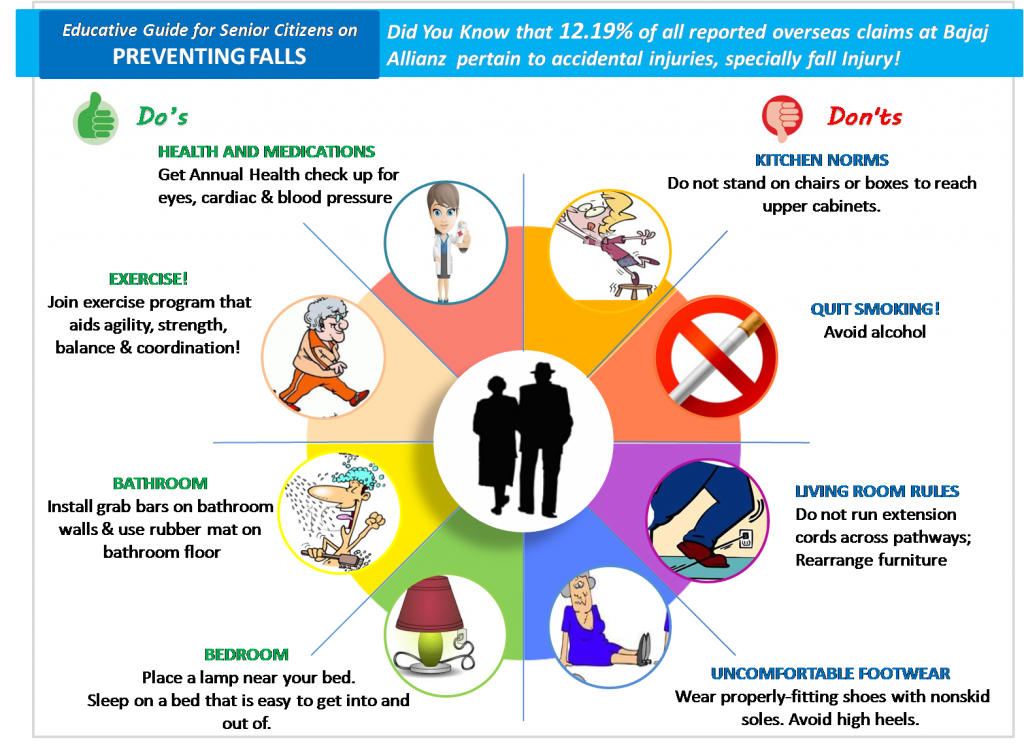Falls and injuries are a major concern for the elderly population. As we age, our bodies become more susceptible to injuries, and a fall can have severe consequences. It is estimated that one in three adults aged 65 and older experiences a fall each year, making falls a leading cause of injury-related deaths among seniors.
The Importance of Fall Prevention
Preventing falls is crucial to ensure the safety and well-being of elderly individuals. Falls can result in fractures, head injuries, and loss of independence. The fear of falling can also limit older adults’ mobility and physical activity, leading to a decline in overall health. Fortunately, there are several preventive measures that can significantly reduce the risk of falls and injuries.
Creating a Safe Environment
One of the first steps in preventing falls is to create a safe environment for seniors. This involves removing hazards and making necessary modifications to their living spaces. Ensure that walkways are clear of clutter and well-lit. Install handrails on stairs and in bathrooms to provide additional support. Secure rugs and carpets to prevent tripping. Consider installing grab bars in the shower or bath area. Additionally, proper lighting is essential. Adequate illumination helps seniors see obstacles and hazards more clearly, reducing their chances of tripping or falling. Implement bright, non-glare lighting in hallways, stairways, and other frequently used areas.
Regular Exercise and Physical Activity
Engaging in regular exercise and physical activity is crucial for maintaining strength, balance, and flexibility. Encourage elderly individuals to participate in activities such as walking, tai chi, and yoga, which can improve their overall stability and reduce the risk of falls. It is advisable to consult a healthcare professional to determine the most suitable exercises for each individual’s needs and abilities.
Medication Management
Many medications can have side effects such as dizziness, drowsiness, or impaired coordination, increasing the risk of falls. Regularly review medications with healthcare professionals to ensure they are necessary and appropriate. If any medication is found to increase the risk of falls, alternative options should be explored.
Regular Vision and Hearing Check-ups
Poor vision or hearing can significantly impact an individual’s balance and spatial awareness, contributing to falls. Regular vision and hearing check-ups are essential to identify and address any issues. Corrective eyeglasses or hearing aids can greatly improve sensory acuity and reduce the risk of falls.
Assistive Devices
Using assistive devices can provide additional support and stability. Encourage the elderly to utilize walking aids such as canes or walkers if needed. Ensure that these devices are properly adjusted and in good working condition.
Regular Health Assessments
Regular health assessments, including check-ups with healthcare professionals, can help identify any underlying conditions or risk factors that may contribute to falls. Conditions such as osteoporosis, arthritis, or cardiovascular issues can affect balance and increase the likelihood of falls. Early detection and appropriate management of these conditions are essential for fall prevention.
Falls and injuries in the elderly can have severe consequences, but there are effective preventive measures to reduce the risk. Creating a safe environment, engaging in regular exercise, managing medications, and regular health assessments are all essential steps to prevent falls. By implementing these strategies and ensuring appropriate care, we can significantly enhance the safety and well-being of our elderly population.

